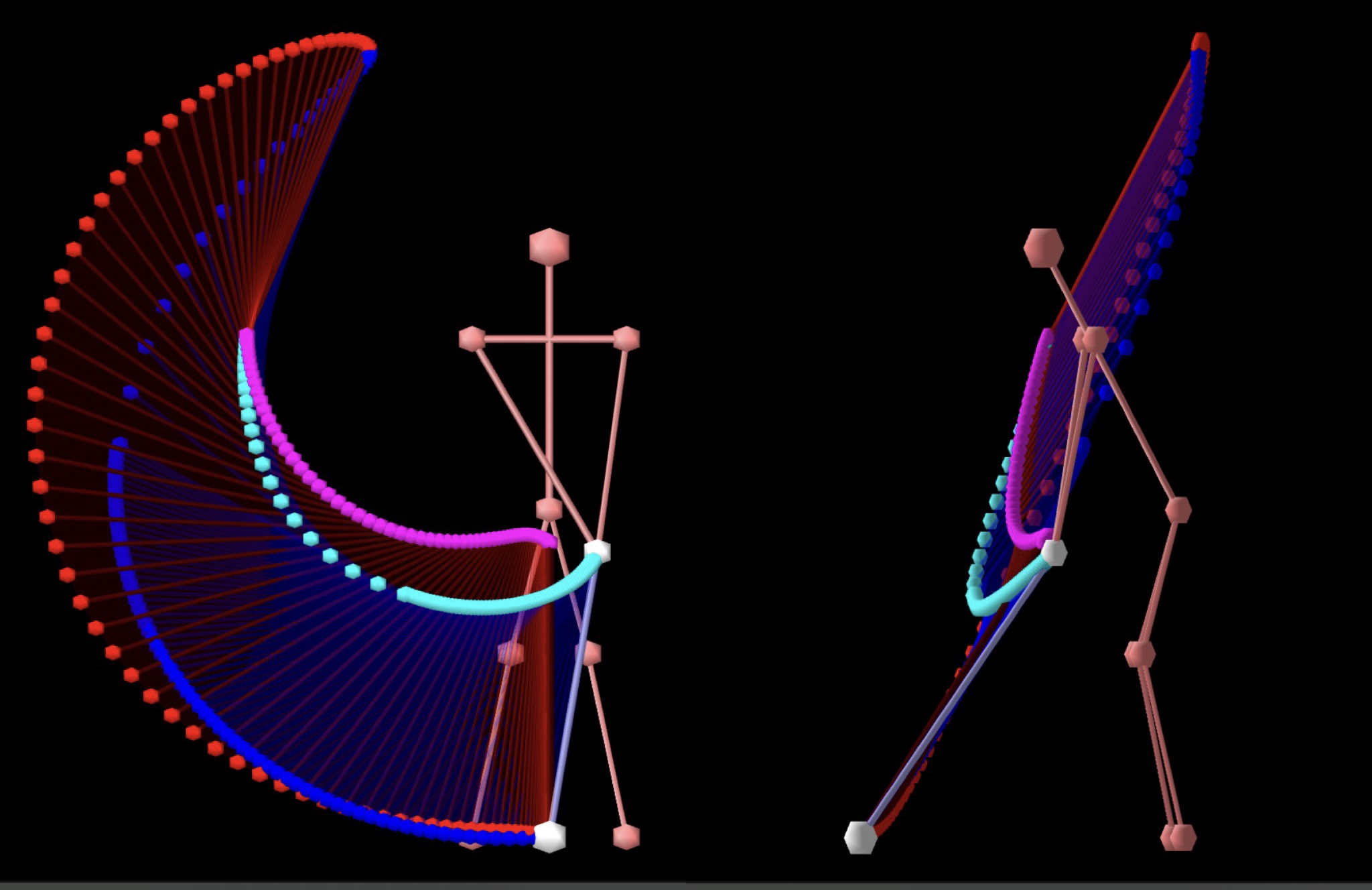Downswing Matters...
/Most of you have been following me for long enough to know that I believe the location and orientation of the clubhead in the early downswing are vital to an effective golf swing. The appropriate position and orientation of the clubhead will enable you to rotate freely through impact, controlling the face and compressing the golf ball. The following short video will help you understand the value of clubhead position in the early downswing and why it’s so important in building a sound impact position…
Where you position the clubhead in the early downswing is integral to your ability to rotate and manage the club face through the impact interval. Better rotation means less flipping and more accurate shots. This matters - big time.
In the following short video you will learn why, even though you may have been doing a better job with positioning the clubhead (shallowing the shaft), your game has not improved. Improper shallowing can compromise the club face angle in the early downswing and actually promote active hands or flipping through impact. Here’s the remedy…
There you have it. Getting the clubhead deeper (more BEHIND you) in the early downswing without compromising the face will produce incredible results for almost every golfer I teach. I suspect it will help your game too. A good place to start is in front of a mirror - create the proper look, don’t worry about exaggerating things, take the appropriate feel from that look and go out and practice. Keep reinforcing in front of the mirror.
A Young Jack Nicklaus










